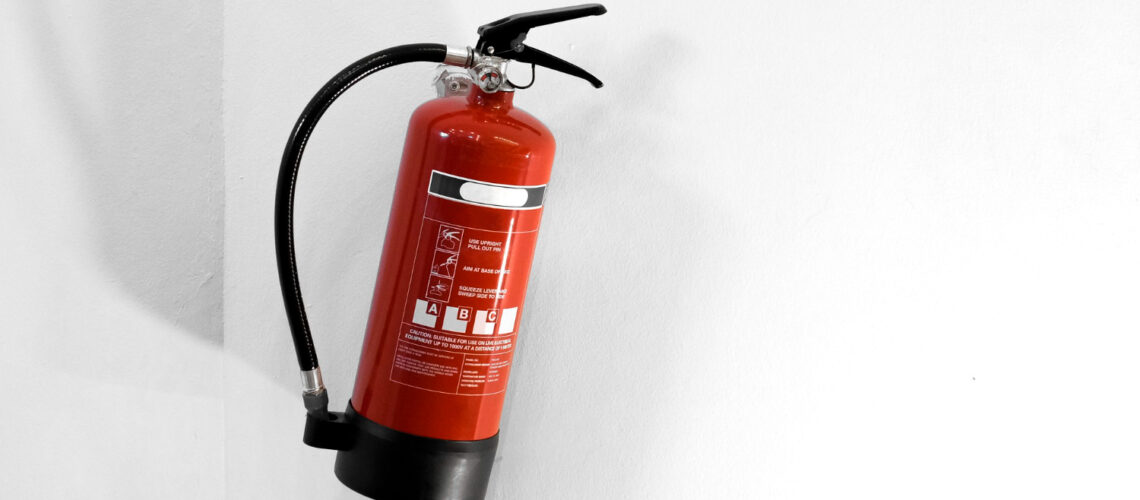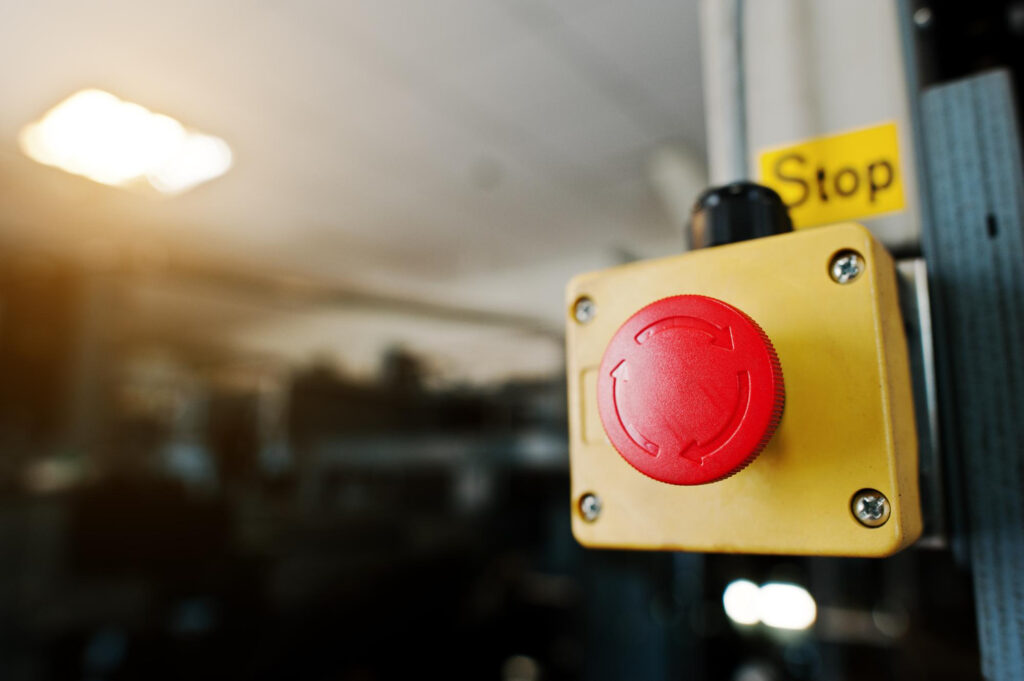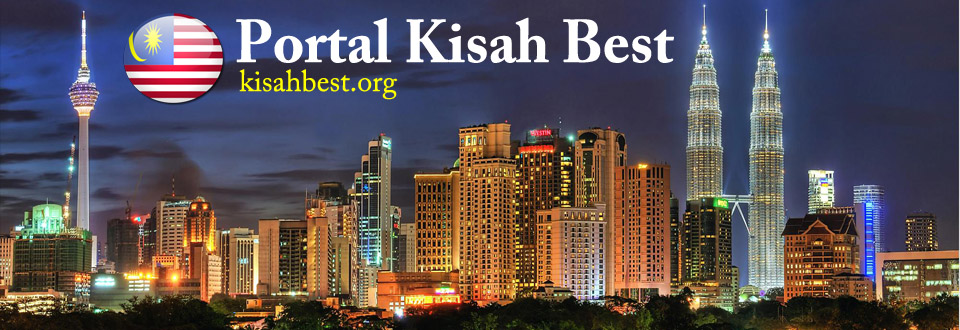Ensuring Fire Safety in High-Rise Buildings: Design Considerations
June 1, 2023

High-rise buildings have become a defining feature of Malaysia’s urban landscape, providing spaces for residential, commercial, and office purposes. With the increasing height and complexity of these structures, ensuring the safety of occupants in the event of a fire emergency is paramount. Fire alarm systems play a crucial role in detecting and alerting occupants of potential dangers, allowing for swift evacuation and minimizing casualties. This article delves into the design considerations for fire alarm systems in high-rise buildings, focusing on the Malaysian context. Click this for more info.
What are Fire Alarm Systems?
Fire alarm systems are sophisticated networks of interconnected devices designed to detect, notify, and respond to the presence of smoke, heat, or flames within a building. They consist of various components, including smoke detectors, heat detectors, manual pull stations, alarm notification devices, and control panels. When a fire hazard is detected, the system activates audio and visual alarms, alerting occupants to evacuate and facilitating a timely response from emergency personnel.
How do Fire Alarm Systems Work?
Fire alarm systems employ a range of technologies to detect fire hazards. Smoke detectors are the most common type and operate by sensing the presence of smoke particles in the air. They use either ionization or photoelectric principles to identify smoke and trigger an alarm. Heat detectors, on the other hand, react to elevated temperatures and are particularly useful in areas prone to false alarms, such as kitchens. These detectors provide an additional layer of protection and ensure early detection.
The Advantages of Fire Alarm Systems in High-Rise Buildings
Fire alarm systems offer several advantages in safeguarding high-rise buildings and their occupants. Firstly, they provide early detection, enabling swift evacuation and reducing the risk of injuries or fatalities. Secondly, these systems facilitate quick response times from emergency services, as they automatically alert relevant authorities. Moreover, fire alarm systems can be integrated with other life safety systems, such as sprinklers, enhancing the overall fire protection measures in a building.

Key Design Considerations for Fire Alarm Systems in High-Rise Buildings
- Building Layout and Occupancy: The design of fire alarm systems should consider the layout, size, and occupancy of the high-rise building. Different areas may require specific types of detectors and notification devices based on their use, such as residential units, offices, or commercial spaces.
- Code Compliance: It is vital to ensure that fire alarm systems adhere to local fire safety codes and regulations. These standards outline the requirements for system design, installation, and maintenance to ensure effective operation in the event of a fire emergency.
- Zoning and Signaling: High-rise buildings often require multiple zones within the fire alarm system to facilitate targeted evacuation and emergency response. Zoning allows for the identification of the fire’s location, guiding occupants and responders to the affected area.
- Redundancy and Reliability: Fire alarm systems in high-rise buildings should incorporate redundant components to ensure system reliability. This includes backup power supplies, redundant communication paths, and redundant control panels to prevent system failure.
Conclusion
Designing effective fire alarm systems for high-rise buildings in Malaysia is crucial for ensuring the safety and well-being of occupants. By considering building layout, code compliance, zoning, and reliability, designers and building owners can implement robust systems that provide early detection, timely alerts, and efficient response during fire emergencies. The use of modern technologies and adherence to safety standards will contribute to creating safer environments in high-rise buildings, protecting lives and minimizing property damage.



